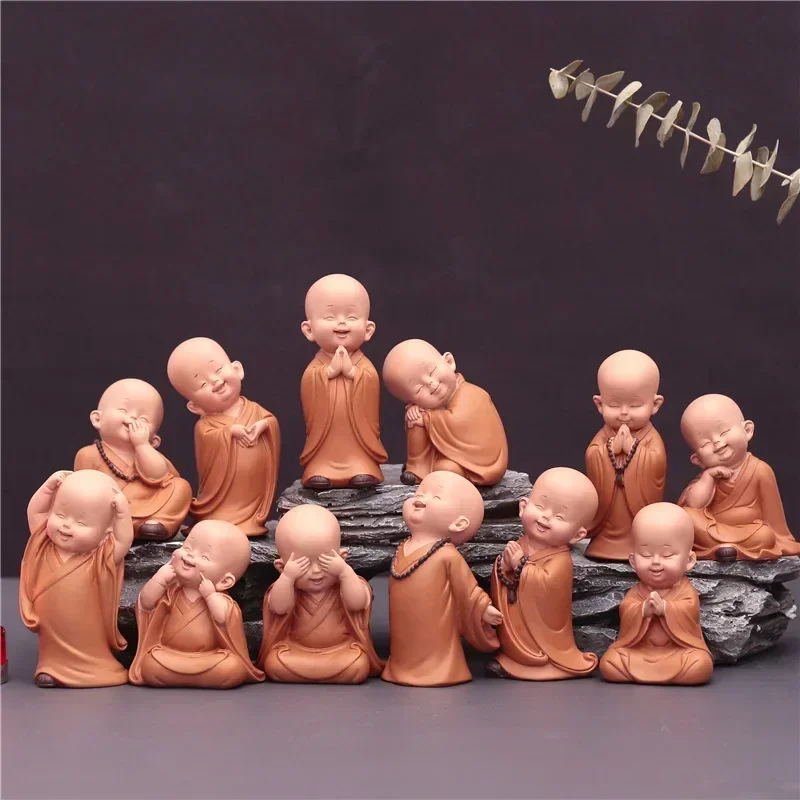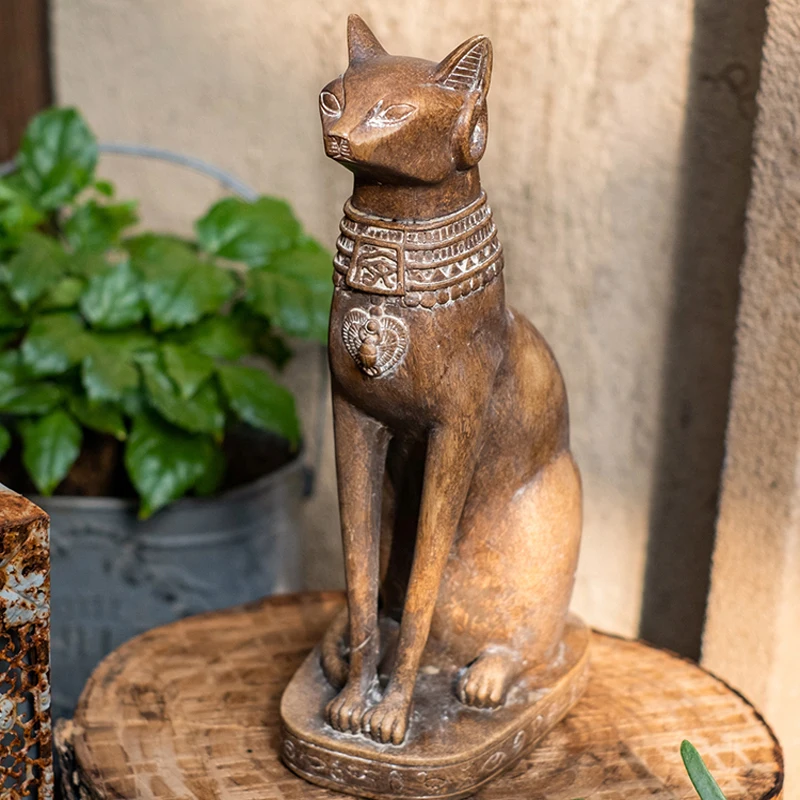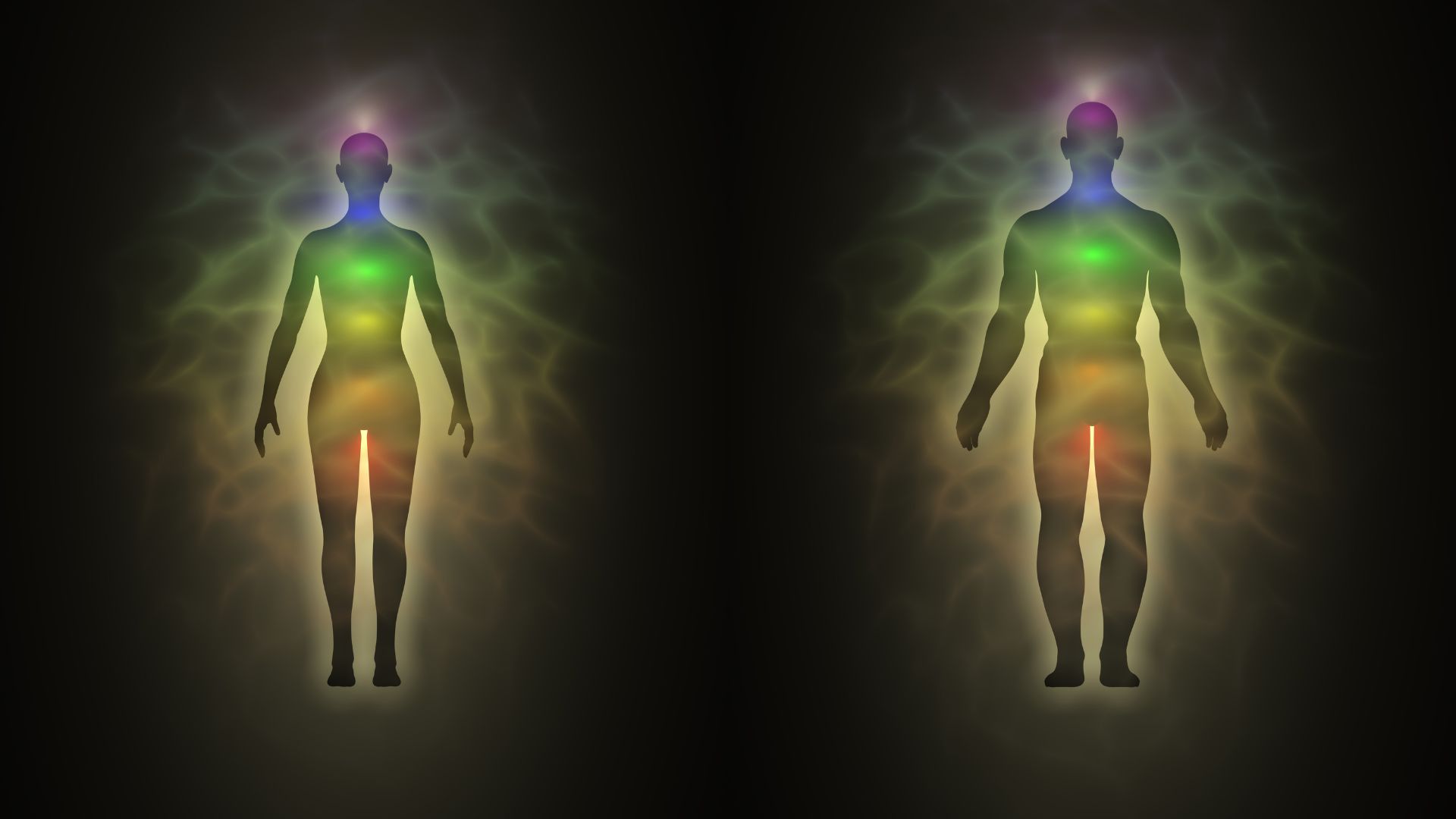Contents
- 1 5 elements of human body:
- 2 5 elements
- 2.1 Introduction to the 5 Elements
- 2.2 The Element of Fire
- 2.3 The Element of Water
- 2.4 The Element of Earth
- 2.5 The Element of Air
- 2.6 The Element of Ether (or Space)
5 elements of human body:
While the human body’s composition is more complex than five elements, many alternative healing traditions, particularly Ayurveda, posit a connection between our well-being and the elements found in nature. These 5 elements – Earth, Water, Fire, Air, and Space (or Ether) – are believed to not only make up the physical world but also influence our internal state. Here’s a glimpse into these elements and how to cultivate a sense of their presence within you:
- Earth: Representing solidity and structure, Earth corresponds to our bones, muscles, and skin. Feeling Earth: Ground yourself by spending time in nature – walk barefoot on grass, feel the solidity of a rock beneath your hand, or simply observe the unwavering strength of a tree.
- Water: Symbolizing fluidity and adaptability, Water relates to our blood, lymph, and emotions. Feeling Water: Immerse yourself in a warm bath, allowing worries to melt away. Practice mindful hydration, savoring the cool refreshment of water. Express your emotions healthily, letting them flow freely like a gentle stream.
- Fire: Embodying transformation and energy, Fire governs our digestion, metabolism, and vitality. Feeling Fire: Engage in activities that spark your inner fire – dance with abandon, exercise with vigor, or set achievable goals and pursue them with passion.
- Air: Representing movement and breath, Air is linked to our respiratory system, nervous system, and mental clarity. Feeling Air: Practice deep breathing exercises, feeling the air fill your lungs and revitalize your body. Spend time in nature, allowing the fresh air to clear your mind and invigorate your senses.
- Space (Ether): Encompassing openness and potential, Space represents the subtle energy that permeates the body and connects us to the universe. Feeling Space: Practice meditation, focusing on the vastness within and the stillness that resides at the core of your being. Engage in activities that allow you to feel connected to something larger than yourself, whether it’s spending time in nature or connecting with loved ones.
Remember, these are just starting points. The key lies in attuning yourself to the subtle sensations within and observing how the elements manifest in your daily life. By cultivating a sense of these elements, you can foster a deeper connection with your body and the natural world, creating a symphony of well-being within yourself.
5 elements
Key Takeaways
- The 5 elements are Fire, Water, Earth, Air, and Ether (or Space).
- Each element has unique characteristics and qualities that can be observed in nature and within ourselves.
- The interplay of the 5 elements is essential for balance and harmony in the world.
- Ancient philosophies, such as Ayurveda and Traditional Chinese Medicine, incorporate the 5 elements into their practices.
- Incorporating the 5 elements into daily life can promote physical, emotional, and spiritual well-being.
Introduction to the 5 Elements
In the ancient philosophies and traditions of the world, the concept of the five elements has been a fundamental aspect of understanding the natural world and our place within it. From the classical elements of ancient Greece to the Panchamahabhuta of Hinduism and the Wu Xing of Traditional Chinese Medicine, the five elements have been revered as the building blocks of the universe, shaping the very fabric of our existence.
Understanding the five elements and their intricate interplay is not merely an academic exercise; it holds profound implications for our physical, emotional, and spiritual well-being. By delving into the characteristics and qualities of each element, we can gain a deeper appreciation for the delicate balance that sustains life on our planet. Moreover, by aligning ourselves with the rhythms and cycles of these elemental forces, we can cultivate a more harmonious and fulfilling existence.
In this comprehensive exploration, we will embark on a journey to uncover the essence of the five elements, their symbolic and spiritual significance, and the practical ways in which we can incorporate their wisdom into our daily lives. By understanding the fundamental building blocks of the natural world, we can unlock a deeper connection to the rhythms of the universe and find greater harmony within ourselves.
The Element of Fire
At the heart of the five elements lies the dynamic and transformative force of fire. Characterized by its intense heat, radiant light, and boundless energy, the fire element is a testament to the power of change and transmutation. In the natural world, fire plays a crucial role, from the sun’s life-giving rays to the volcanic eruptions that shape the Earth’s surface.
On a symbolic and spiritual level, fire is often associated with passion, courage, and the spark of inspiration. It is the element that ignites our inner drive, fueling our ambitions and propelling us towards our goals. The fire element is also linked to the realm of the intellect, as it governs our ability to think clearly, make decisive decisions, and communicate with conviction.
However, the fire element must be balanced and harnessed with care, for its unbridled nature can also lead to destruction, anger, and impulsiveness. By learning to work in harmony with the fire element, we can cultivate the qualities of leadership, determination, and the ability to transform our lives and the world around us. Through practices such as meditation, breathwork, and the conscious use of fire in rituals and ceremonies, we can find ways to channel the fire element’s energy in a constructive and empowering manner.
The Element of Water
In stark contrast to the fiery energy of the previous element, the element of water is characterized by its fluidity, adaptability, and the power of emotional expression. Water, in its many forms, is the lifeblood of our planet, sustaining all living beings and shaping the very landscape of the Earth.
On a symbolic and spiritual level, water is often associated with the realm of emotions, intuition, and the subconscious mind. It is the element that governs our ability to flow with the ebbs and tides of life, to navigate the depths of our inner world, and to cultivate empathy and compassion for ourselves and others.
The water element is also closely linked to the cycles of birth, death, and rebirth, as it is the element that nourishes and cleanses, both physically and metaphorically. Through the practice of working with the water element, we can learn to release emotional blockages, tap into our intuitive wisdom, and find solace in the ebb and flow of life’s ever-changing currents.
However, the water element must also be balanced, as its excess can lead to emotional overwhelm, passivity, and a tendency to become overly attached or dependent. By finding ways to harness the power of water, such as through meditation, water-based rituals, and the conscious cultivation of emotional intelligence, we can learn to ride the waves of life with grace and resilience.
The Element of Earth
| Element | Symbol | Atomic Number | Atomic Mass | State at Room Temperature |
| Hydrogen | H | 1 | 1.008 | Gas |
| Helium | He | 2 | 4.003 | Gas |
| Lithium | Li | 3 | 6.941 | Solid |
| Beryllium | Be | 4 | 9.012 | Solid |
| Boron | B | 5 | 10.81 | Solid |
Grounding, stable, and nourishing, the element of earth is the foundation upon which all life thrives. In the natural world, the earth element is represented by the solid ground beneath our feet, the mountains that stand tall, and the fertile soil that sustains the abundance of plant and animal life.
On a symbolic and spiritual level, the earth element is associated with the physical body, material abundance, and the realm of the senses. It is the element that grounds us, providing a sense of stability and security in the face of life’s uncertainties. The earth element is also closely linked to our connection to the natural world, our ability to manifest our desires, and our capacity for patience, perseverance, and grounding.
By working with the earth element, we can cultivate a deeper sense of rootedness, physical well-being, and the ability to manifest our goals and dreams. This can be achieved through practices such as gardening, working with natural materials, and engaging in grounding meditations and rituals.
However, the earth element must also be balanced, as its excess can lead to stubbornness, rigidity, and a tendency to become overly attached to the material world. By finding ways to honor the earth element while also remaining flexible and adaptable, we can find a harmonious balance between the physical and the spiritual realms.
The Element of Air
Invisible yet ever-present, the element of air is the very essence of life itself. In the natural world, air is the medium through which we breathe, the currents that shape the weather, and the unseen forces that sustain the delicate balance of our ecosystem.
On a symbolic and spiritual level, the air element is associated with the mind, communication, and the realm of ideas. It is the element that governs our ability to think clearly, express ourselves, and connect with the world around us. The air element is also closely linked to the concept of freedom, as it represents the boundless, ever-changing nature of the mind and the spirit.
By working with the air element, we can cultivate a greater sense of mental clarity, adaptability, and the ability to navigate the complexities of life with grace and ease. This can be achieved through practices such as breathwork, meditation, and the conscious cultivation of mindfulness and presence.
However, the air element must also be balanced, as its excess can lead to restlessness, anxiety, and a tendency to become overly detached from the physical world. By finding ways to ground the air element through practices that connect us to the earth, we can maintain a healthy equilibrium between the realms of the mind and the body.
The Element of Ether (or Space)
Encompassing the vast expanse of the cosmos, the element of ether (or space) is the quintessential element that holds all the others in its embrace. In the natural world, the ether element is represented by the infinite expanse of the universe, the boundless sky, and the mysterious realms that lie beyond our physical perception.
On a symbolic and spiritual level, the ether element is associated with the realm of the divine, the infinite, and the transcendent. It is the element that governs our connection to the greater mysteries of the universe, our sense of wonder and awe, and our ability to tap into the limitless potential of the human spirit.
By working with the ether element, we can cultivate a deeper sense of connection to the divine, a greater understanding of the interconnectedness of all things, and the ability to transcend the limitations of the physical world. This can be achieved through practices such as meditation, contemplation, and the conscious exploration of the metaphysical realms.
However, the ether element must also be balanced, as its excess can lead to a sense of disconnection from the physical world and a tendency to become overly detached from the practical realities of life. By finding ways to ground the ether element through practices that connect us to the other elements, we can maintain a harmonious balance between the realms of the spiritual and the material.
The Interplay of the 5 Elements
The true power of the five elements lies in their dynamic interplay, a delicate dance that shapes the very fabric of our existence. Each element is distinct, yet they are inextricably linked, influencing and balancing one another in a constant state of flux.
In the natural world, we can observe this interplay in the cycles of the seasons, the weather patterns, and the cycles of life and death. The fire element ignites the spark of growth, the water element nourishes and sustains it, the earth element provides the foundation for it to thrive, the air element carries the seeds of change, and the ether element holds the space for it all to unfold.
Similarly, within the human experience, the five elements play a crucial role in shaping our physical, emotional, and spiritual well-being. When the elements are in harmony, we experience a sense of balance, vitality, and inner peace. However, when one element becomes dominant or imbalanced, it can lead to physical, emotional, or mental dis-ease.
By understanding the dynamic interplay of the five elements, we can learn to navigate the complexities of life with greater awareness and adaptability. We can cultivate practices that help us align with the natural rhythms and cycles, and find ways to restore balance when one or more elements become out of sync.
Ultimately, the interplay of the five elements is a testament to the interconnectedness of all things. By embracing this understanding, we can deepen our connection to the natural world, find greater meaning and purpose in our lives, and unlock the profound wisdom that lies at the heart of the five elements.
The 5 Elements in Ancient Philosophies
The concept of the five elements has been a central tenet in the ancient philosophies and traditions of the world, each with its own unique perspective and interpretation. From the classical elements of ancient Greece to the Panchamahabhuta of Hinduism and the Wu Xing of Traditional Chinese Medicine, the five elements have been revered as the fundamental building blocks of the universe.
In ancient Greek philosophy, the four classical elements of fire, air, water, and earth were believed to be the essential components of all matter. These elements were not only physical in nature but also held symbolic and metaphysical significance, representing different aspects of the human experience and the natural world.
Similarly, in the Ayurvedic tradition of India, the Panchamahabhuta, or five great elements, are central to the understanding of the human body and the cosmos. These elements – fire, water, earth, air, and ether – are believed to govern the physical, mental, and spiritual well-being of an individual, and the balance or imbalance of these elements can lead to various states of health and dis-ease.
In Traditional Chinese Medicine, the Wu Xing, or five elements, are a fundamental aspect of the philosophical and medical framework. These elements – fire, water, wood, metal, and earth – are not only physical in nature but also represent different energetic qualities and cycles that shape the natural world and the human experience.
Despite the variations in terminology and specific interpretations, the underlying principles of the five elements remain remarkably consistent across these ancient traditions. Each element is seen as possessing unique characteristics, qualities, and symbolic associations, and the interplay between these elements is believed to be the driving force behind the natural world and the human experience.
As we delve into the wisdom of these ancient philosophies, we can gain a deeper understanding of the five elements and their enduring relevance in our modern lives. By exploring the insights and lessons from these traditions, we can unlock a more holistic and integrated approach to personal growth, well-being, and our connection to the natural world.
Incorporating the 5 Elements into Daily Life
Integrating the wisdom of the five elements into our daily lives can be a transformative and empowering experience. By aligning ourselves with the natural rhythms and cycles of these elemental forces, we can cultivate a deeper sense of balance, harmony, and connection to the world around us.
One of the most practical ways to incorporate the five elements is through our dietary choices and lifestyle practices. By consciously selecting foods and engaging in activities that resonate with the specific qualities of each element, we can nourish and balance our physical, emotional, and spiritual well-being.
For example, incorporating more fiery, spicy, and warming foods can help to ignite our inner spark and boost our energy levels. Consuming water-rich, cooling, and hydrating foods can soothe our emotions and promote a sense of fluidity and adaptability. Grounding ourselves through earthy, nourishing foods and activities can provide a sense of stability and groundedness. Engaging in practices that connect us to the air element, such as breathwork and meditation, can enhance our mental clarity and flexibility. And by cultivating a sense of wonder and awe through contemplation and connection to the natural world, we can tap into the expansive and transcendent qualities of the ether element.
Beyond dietary and lifestyle choices, we can also incorporate the five elements into our daily routines through mindfulness practices, rituals, and the conscious use of elemental symbolism. By creating sacred spaces, engaging in elemental-based meditations, and aligning our activities with the natural cycles of the elements, we can deepen our connection to the natural world and unlock the profound wisdom that lies within.
Ultimately, the integration of the five elements into our daily lives is not merely an intellectual exercise; it is a transformative journey of self-discovery and a means to cultivate a more harmonious and fulfilling existence. By embracing the wisdom of the elements, we can unlock a greater sense of balance, resilience, and connection to the rhythms of the universe, empowering us to navigate the complexities of life with grace and purpose.
FAQs
What are the 5 elements?
The 5 elements are earth, water, fire, air, and ether (or space).
What is the significance of the 5 elements?
The 5 elements are believed to be the building blocks of the universe and are used in various spiritual and philosophical practices.
What is the earth element?
The earth element represents stability, grounding, and materiality. It is associated with the physical body and the sense of smell.
What is the water element?
The water element represents fluidity, adaptability, and emotions. It is associated with the sense of taste and the reproductive system.
What is the fire element?
The fire element represents transformation, passion, and energy. It is associated with the sense of sight and the digestive system.
What is the air element?
The air element represents movement, communication, and intellect. It is associated with the sense of touch and the respiratory system.
What is the ether (or space) element?
The ether element represents expansion, emptiness, and potential. It is associated with the sense of hearing and the space within and around us.
Find more Inspiratiponal and Motivational Articles










